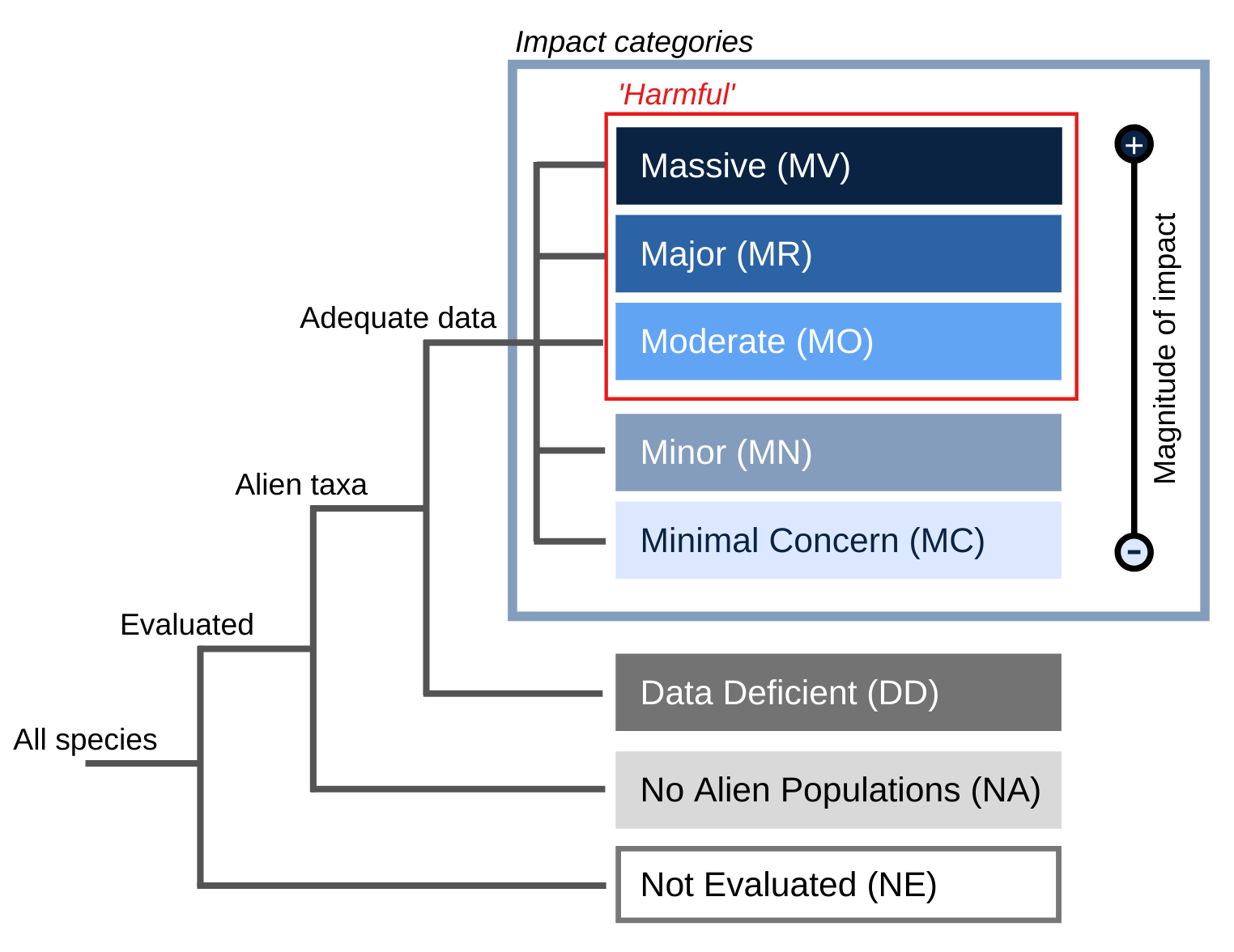- General
- Distribution
- Impact
- Management
- Bibliography
- Contact


Reproductive output can be enormous. Clutch size is up to 1000, but averages probably 200-300. Clutches are laid every few weeks.
Principal source:
Compiler: Dr. Robert H. Cowie, Center for Conservation Research and Training, University of Hawaii, Honolulu, Hawaii, USA & IUCN/SSC Invasive Species Specialist Group (ISSG)
Review: Dr. Robert H. Cowie, Center for Conservation Research and Training, University of Hawaii, USA
Publication date: 2005-04-13
Recommended citation: Global Invasive Species Database (2025) Species profile: Pomacea canaliculata. Downloaded from http://www.iucngisd.org/gisd/species.php?sc=135 on 12-12-2025.
Control: Eradication of established populations is probably not possible. Numerous measures have been tried in attempts to control apple snails in agricultural settings. These include: widespread use of pesticides, with serious environmental and human health consequences; biological control, notably the use of fish and ducks; a range of cultural and mechanical control measures. None has proven entirely effective, safe, and economically viable. None is likely to be appropriate in natural ecosystems. In rice and taro fields, hand picking is a successful method to control apple snail populations without harming the environment. The disadvantage is that it only works when done on regular base. The best results are obtained if the hand picking is done as a community effort. All visible snails should be collected with a scoop net or by hand. After collection the snails can be used for human consumption (beware of parasites!), crushed to serve as a food source for fish or destroyed otherwise. Eggs should not be forgotten during collection! Baited traps filled with lettuce, cassava and taro leaves can be used to attract the snails and to facilitate the collection. All vegetation and obstacles around fields should be removed as much as possible as the snails need this to deposit their eggs. When there are no suitable eggs-laying sites available, the snails are forced to deposit the eggs on the bare ground where the eggs are very vulnerable and easily fall into the water, which drowns the eggs. Before draining a field, make shallow trenches so that the snails will congregate in the trenches and can be captured easily.









